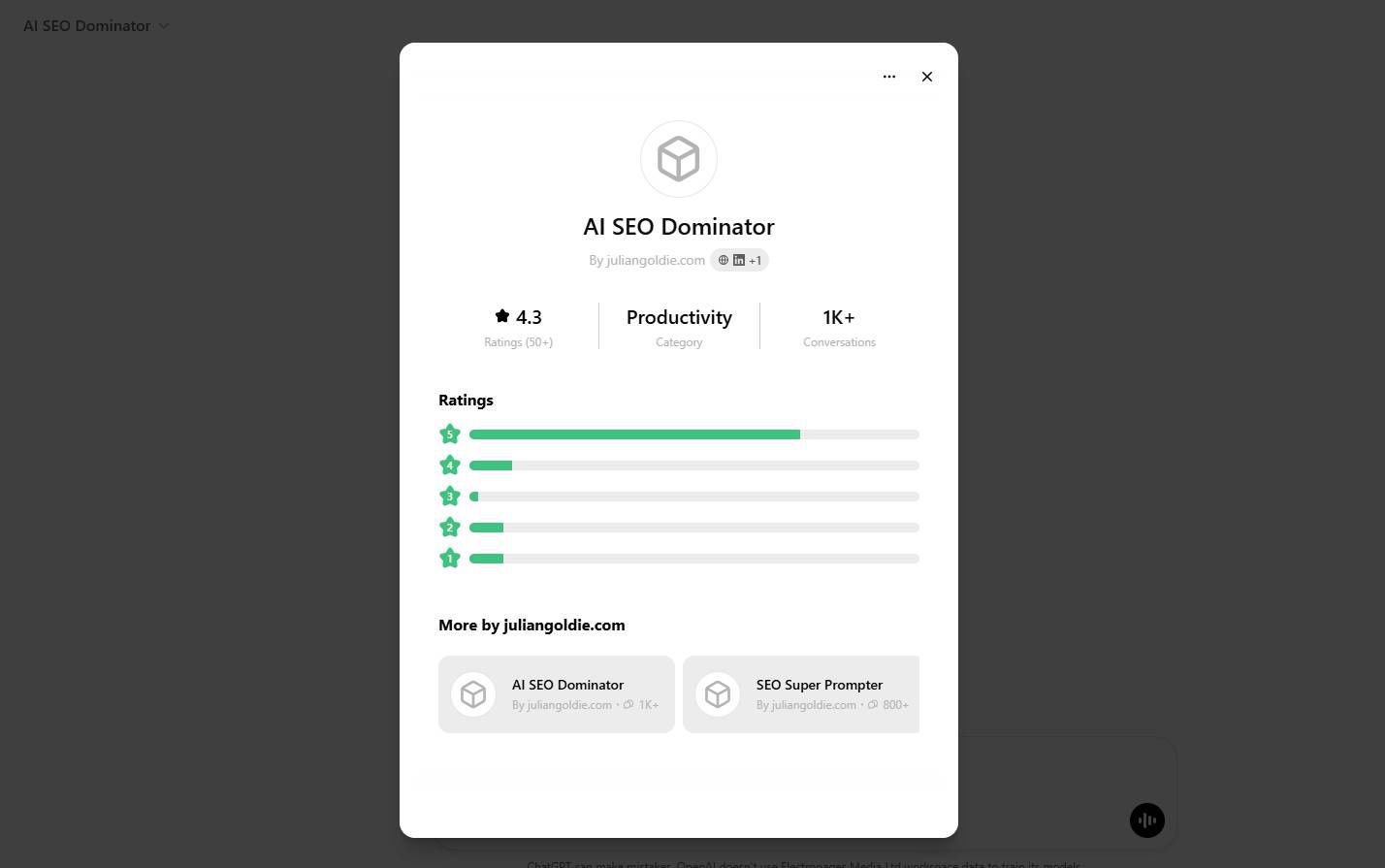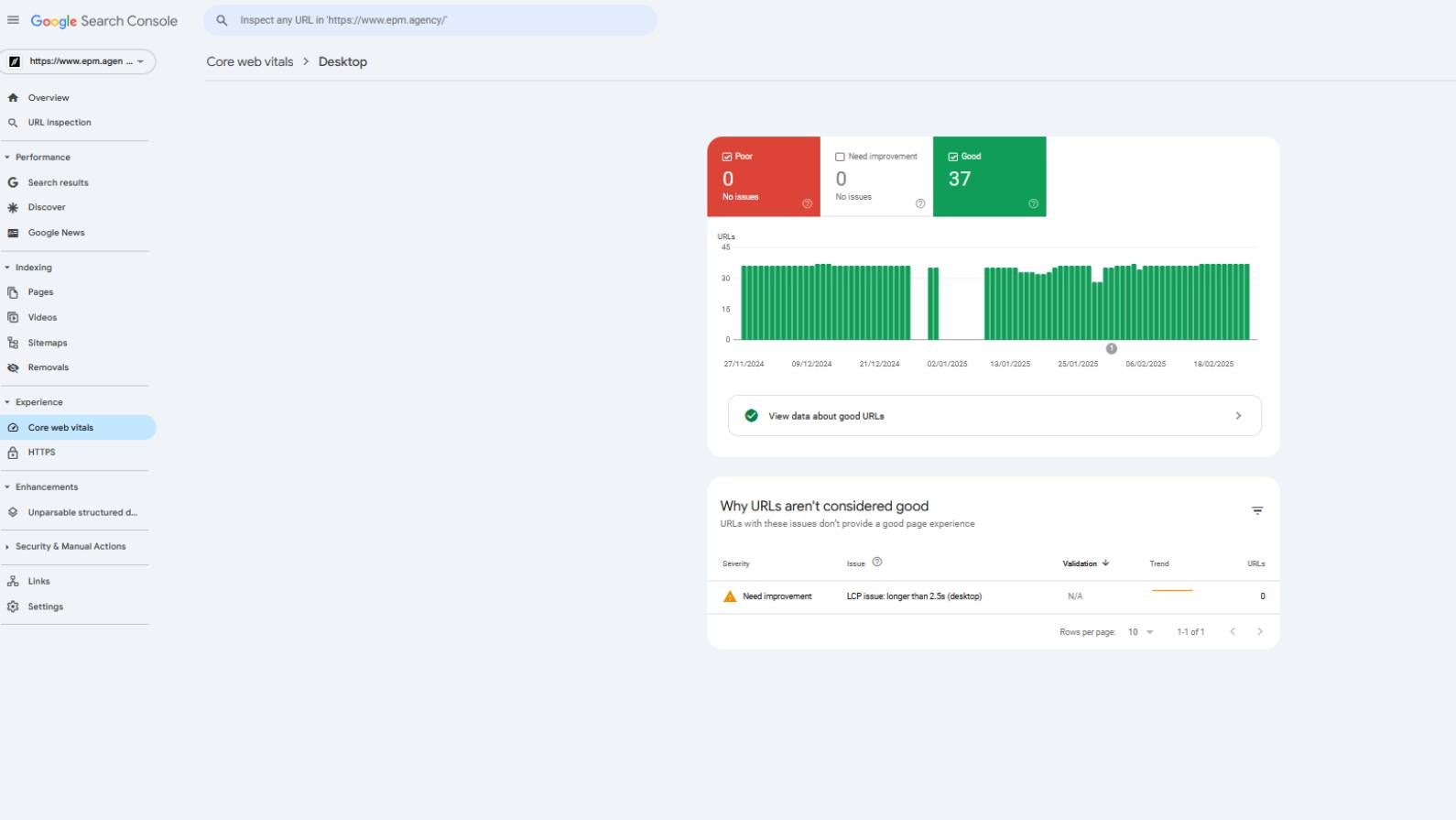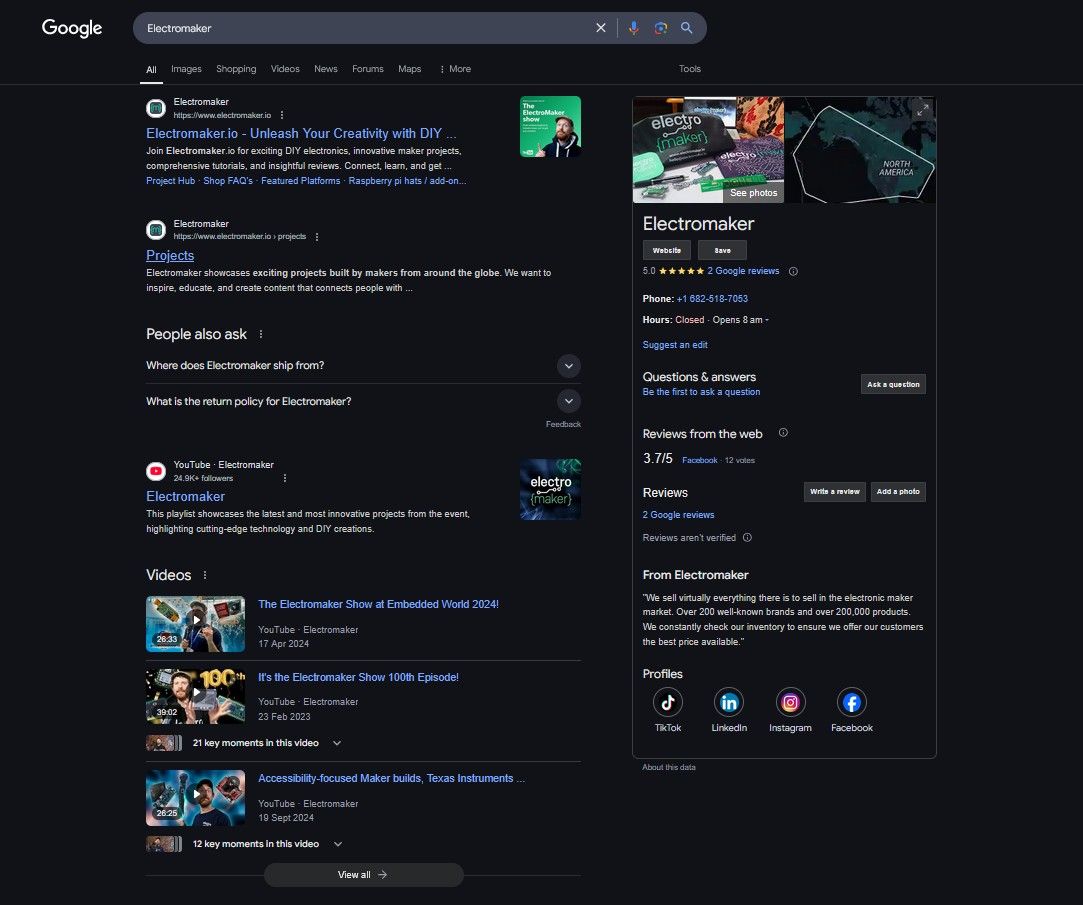Emerging SEO Trends for 2025 and Beyond
SEO is evolving faster than ever. By 2025, ranking high won’t just be about keywords - it’ll be about relevance, technical performance, and how well your content serves users. Search engines are getting smarter, pushing businesses to rethink how they approach visibility.
Key things to know:
- AI Will Redefine Search: Google's Gemini and RankBrain prioritise context, intent, and content depth over simple keyword matching.
- User Experience Dominates: Core Web Vitals - loading speed, interactivity, and visual stability - are key ranking factors.
- Search Intent Refinement: Google rewards content that answers broader questions and addresses user pain points directly.
Staying competitive in 2025 means mastering technical SEO, delivering high - quality content, and embracing AI - driven tools.
AI - Driven Search Optimisation

Artificial intelligence is transforming how search engines evaluate content. Google's Gemini and RankBrain focus on search intent, context, and user behaviour rather than just keyword matching.
Key AI Factors Shaping SEO in 2025:
- Gemini & RankBrain: Prioritise results based on semantic relevance and intent.
- AI SEO Tools: Clearscope and Surfer SEO identify semantic terms, content gaps, and optimisation opportunities. How to Optimise Content Using AI:
- Intent Matching: Tools like Clearscope help target intent - based queries, not just keywords. • Content Depth: Create comprehensive resources that fully answer user questions.
- Data - Driven Adjustments: Use Surfer SEO for on - page improvements based on real - time data. AI is redefining the SEO game, making it essential to focus on context, quality, and relevance.
Core Web Vitals & UX
Core Web Vitals (CWV) are a set of Google’s ranking signals focused on page experience. They measure how fast a page loads, how responsive it is, and how visually stable the content feels during the loading process. Google prioritises sites offering a smooth, efficient user experience, making CWV a direct factor in search visibility.

The three CWV metrics include:
- Largest Contentful Paint (LCP): Measures how quickly the most important content loads. Aim for under 2.5 seconds.
- First Input Delay (FID): Reflects the time between a user's interaction (like a click) and the browser's response. Under 100ms is ideal.
- Cumulative Layout Shift (CLS): Captures unexpected layout shifts during load. A score below 0.1 is optimal. Failing to meet these benchmarks can lead to higher bounce rates, lower engagement, and ranking drops.
Steps to Improve Core Web Vitals for Better Rankings:
Improving CWV isn't just a technical task - it directly affects both visibility and user retention. Some key strategies include:
- Image Compression: Large media files are often the biggest culprit for slow pages. Use next - gen formats like WebP and AVIF for faster loading.
- Reduce Code Bloat: Minify CSS and JavaScript, remove unused code, and enable file compression methods like GZIP or Brotli.
- Implement Lazy Loading: Defer loading non - critical elements, such as images below the fold, until they’re needed.
- Content Delivery Network (CDN): Using a CDN ensures faster delivery of assets by serving them from geographically closer servers.
- Upgrade Hosting: Poor server response times directly affect LCP and FID. Consider upgrading to faster, more reliable hosting with built - in performance tools.
By prioritising these factors, businesses can improve both search rankings and user satisfaction - critical elements for long - term SEO success in 2025.
Semantic Search & User Intent
Google’s algorithms have shifted focus from exact keyword matching to natural language understanding (NLU), making it essential for content to match search intent rather than isolated terms.
Semantic search analyses context and relationships between words. For example, a search for "best running shoes for beginners" considers the user's desire for recommendations, reviews, and buying guides - not just the phrase itself.
How to Optimise for Semantic Search:
- Topic Clusters: Create content around core topics with multiple supporting articles interlinked for depth.
- Context - Based Content: Answer related questions within a single piece to cover broader intent. Natural
- Language Integration: Use conversational phrasing and answer - based formats like FAQs.
By focusing on depth, clarity, and topic relevance, businesses can rank for broader search queries while still satisfying user needs.
Visual & Video SEO
Visual content is becoming a dominant force in search rankings. Tools like Google Lens allow users to search using images, while videos increasingly take priority in search engine results pages (SERPs).
To capitalise on this trend, content must be optimised for visual discovery:
- Metadata Matters: Add descriptive alt text, file names, and structured data for images.
- Video Optimisation: Use keyword - rich titles, captions, and video schema markup.
- Image Compression: Maintain quality while improving load speed with formats like WebP. By focusing on structured metadata and load efficiency, businesses can rank higher while appealing to evolving search behaviours.

Voice Search Optimisation
Voice search is on the rise, driven by smart assistants like Alexa, Google Assistant, and Siri. Users increasingly rely on voice queries for quick answers, often in a conversational tone.
To optimise for voice search:
- Use Natural Language: Write content using conversational phrasing that mirrors how people speak.
- Focus on Long - Tail Keywords: Voice searches are often longer and question - based. Target terms like "best SEO strategies for small businesses in 2025."
- Answer - Based Content: Structure pages to target featured snippets and FAQs that voice assistants pull directly. By aligning with conversational intent, businesses can capture voice - driven traffic more effectively.
E - A - T & Content Quality
E - A - T (Expertise, Authoritativeness, and Trustworthiness) has become a central focus for Google when assessing content quality. High - ranking pages are those that demonstrate deep expertise, credibility, and reliability.
Key Components of E - A - T:
- Expertise: Content should be created by subject matter experts with proven knowledge.
- Authoritativeness: The site should establish authority within its niche through content depth and external recognition.
- Trustworthiness: Accuracy, transparency, and factual integrity are essential for content ranking.
How to Build Topical Authority & Quality Backlinks:
- Create Comprehensive Content: Cover topics in - depth with pillar content and supporting articles.
- Earn Quality Backlinks: Prioritise guest posts, digital PR, and mentions from authoritative sources.
- Showcase Author Expertise: Include author bios, credentials, and links to professional profiles.
- Cite Credible Sources: Link to trusted publications and studies for fact - based content. By focusing on E - A - T principles, businesses can strengthen their visibility while aligning with Google’s quality standards.
Zero - Click Searches
Zero - click searches are search results where users get the information they need directly from the search engine results page (SERP) without clicking through to a website. These results often appear as featured snippets, People Also Ask (PAA) boxes, and knowledge panels - reducing organic traffic for many sites.
How Zero - Click Searches Work:
- Featured Snippets: Google pulls concise answers from top - ranking pages, often structured as lists, tables, or direct answers.
- People Also Ask (PAA): PAA boxes expand to reveal quick answers related to the original search query, often linked to high - authority pages.
How to Maintain Visibility with Zero - Click Results:
- Optimise for Featured Snippets: Provide direct, concise answers near the top of the content. Use structured formats like bullet points and numbered lists for clarity.
- Focus on Question - Based Content: Frame headings and subheadings as questions matching common search queries.
- Use Schema Markup: Implement FAQ schema and How - To schema to increase the chances of being featured directly on SERPs.
- Offer Deeper Value Beyond the Snippet: While snippets answer basic questions, ensure your content offers expanded insights and related details that encourage users to click for more information.
Zero - click searches aren’t going away, but by focusing on structured, intent - driven content, you can stay visible while reducing the impact of click loss.
Privacy & Data Security Impact
With the phase - out of third - party cookies, privacy - first SEO has become essential. Google's shift toward cookie - less browsing means brands need to rethink how they collect and use data for marketing.
Key Changes Affecting SEO:
- First - Party Data Prioritisation: Websites must focus on gathering data directly from their audience through forms, subscriptions, and loyalty programs.
- Consent - Based Tracking: GDPR and CCPA regulations make user consent for data collection mandatory, affecting remarketing strategies.
- Google's Privacy Sandbox: Designed to phase out cookies while still allowing audience targeting through anonymised data signals.
How to Adapt:
- Use first - party data strategies like gated content and newsletters.
- Ensure compliance with privacy laws by implementing transparent cookie policies.
- Leverage privacy - compliant analytics tools like Google Analytics 4 (GA4). Prioritising privacy not only protects your audience but builds trust while keeping your SEO strategies compliant and effective.
Local SEO & Hyper - Personalisation
Local SEO continues to evolve, with Google My Business (GMB) updates making it easier for businesses to appear in geographically targeted searches. Features like enhanced local listings, service areas, and real - time updates help businesses stand out in the Local Pack and Maps.
Key Strategies for Local SEO Success:
- Keep Google My Business fully updated with reviews, accurate NAP (Name, Address, Phone), and posts.
- Geotargeted Content: Create location - specific pages and blogs tailored to local audiences.
- Use Hyper - Personalisation: Personalise content based on the user’s location, preferences, and search behavior. Focusing on localised visibility helps businesses connect directly with their nearby audience.
Staying Ahead in SEO for 2025
SEO in 2025 will be defined by adaptability. Search engines are evolving, prioritising user experience, content quality, and technical performance more than ever.
To stay competitive:
- Focus on multi - format content - text, video, and images all matter.
- Prioritise Core Web Vitals and E - A - T principles for better rankings.
- Use AI tools to refine your content strategy while maintaining human value.
Success comes from balancing technical SEO, content depth, and user trust. Consistency and strategic updates will help you maintain long - term visibility.


